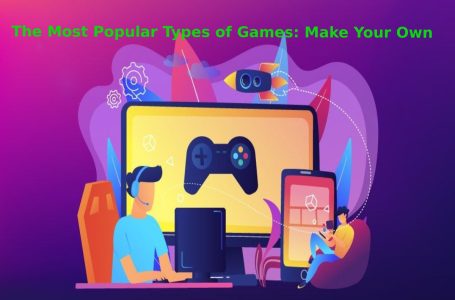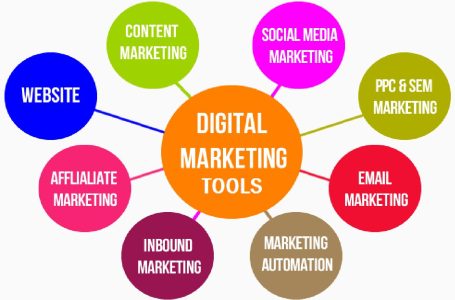How technology and social media are conspiring in favor of human traffic
Kids in games and young people exposed to the virtual world and entertainment as Vave casino, is the less problematic part of the internet.
Technology and social media have complicated human trafficking. This crime uses force or lies to exploit people for work, sex, or organ trafficking. The internet gives traffickers new ways to find and control victims.
This article explores the size of this issue, the money involved, and how parents can protect their kids. It also covers how to get help from authorities.
The Digital Facade of Human Trafficking

The digital era has facilitated a disturbing expansion of human trafficking networks. Traffickers use social media, messaging apps, and classified sites. These digital tools provide secrecy and easy contact with many potential victims. Traffickers pretend to be friends or employers. They use fake profiles to attract people with promises. The COVID-19 pandemic made things worse. More children and adults online meant more chances for traffickers to exploit them.
The Magnitude and Economics of Trafficking
Human trafficking makes billions of dollars each year. It’s a big criminal business. The International Labour Organization says it’s a $150 billion industry worldwide. This shows how much money is involved. It’s hard to know the exact size of human trafficking. It happens in secret. But it’s a worldwide issue. Every country is involved in some way. They might be where victims come from, pass through, or end up.
Protecting Our Children in the Digital Age
The role of parents in combating the digital threats of human trafficking cannot be overstated. Vigilance, education, and open communication are key components in safeguarding children from online predators.
Here are several actionable steps parents can take:
- Education and Awareness: Parents need to learn about online dangers. They should also teach their children. Awareness campaigns and programs can help. They teach how to spot and avoid risks.
- Monitoring and Supervision: It is crucial to monitor children’s online activities. This includes knowing which social media platforms they use, who they interact with, and the nature of their online conversations. Parental control tools can assist in monitoring and restricting access to inappropriate content.
- Open Dialogue: Create a space where kids can talk freely about their online lives. Keep communication open. This will make kids more likely to share if something feels wrong or suspicious.
- Privacy Settings and Online Identity: Educate children on the importance of privacy settings to limit the sharing of personal information. Please encourage them to use avatars or pseudonyms instead of real photographs and names.
Seeking Help: Role of Authorities
In the fight against human trafficking, law enforcement and child protection agencies play a critical role. Parents and guardians should know how to collaborate with these entities to protect their children. This includes:
- Reporting Suspicious Activities: If there’s any suspicion of grooming or inappropriate contact, it’s imperative to report this to the local authorities or a child protection agency. Early intervention can prevent exploitation.
- Utilizing Resources: Many countries have hotlines and online platforms for reporting suspected trafficking activities or seeking help. Familiarize yourself with these resources.
- Community Engagement: Engaging with community programs that focus on child safety and online security can provide additional layers of protection and awareness.
Protective Measures from Authorities
Authorities worldwide are ramping up efforts to combat the scourge of human trafficking. This includes:
- Legislation and Enforcement: Strengthening laws against trafficking, improving law enforcement training, and increasing penalties for traffickers.
- Education and Outreach: Implementing awareness campaigns targeting potential victims and the general public.
- Support Services: Providing victims with access to legal, medical, and psychological support.
- International Cooperation: Trafficking networks often span multiple countries, making international collaboration essential in dismantling these operations.
Social Media: Enemy or Ally?
Ranking social media platforms on their efforts against human trafficking and child protection is difficult. It depends on confidential data and varies as companies update policies. Some, like Facebook and YouTube, have been criticized for not doing enough due to their size and content volume.
To push these companies to do better, several strategies can be used:
- Advocacy and Awareness: Start awareness campaigns to highlight the issue.
- Legislative Pressure: Pushing for laws that make platforms accountable.
- Collaboration with NGOs: Teaming up with organizations to fight trafficking more effectively.
- Consumer Pressure: Users demanding changes through boycotts or petitions.
- Engagement with Investors: Influencing policies through investors and shareholders.
- Direct Dialogue: Talking directly to companies to suggest policy improvements.
A battle We All Should Fight
The convergence of technology and social media with human trafficking presents formidable challenges. Parents can help protect their children from online dangers. They need to be watchful, learn, and work with authorities. Everyone must work together to fight this. Success requires a combined effort from all sectors, public advocacy, and strategic use of laws and financial pressures. Governments, NGOs, tech firms, parents, and teachers have a role. In the digital world, we must stay alert. Our goal is to end human trafficking for good.





